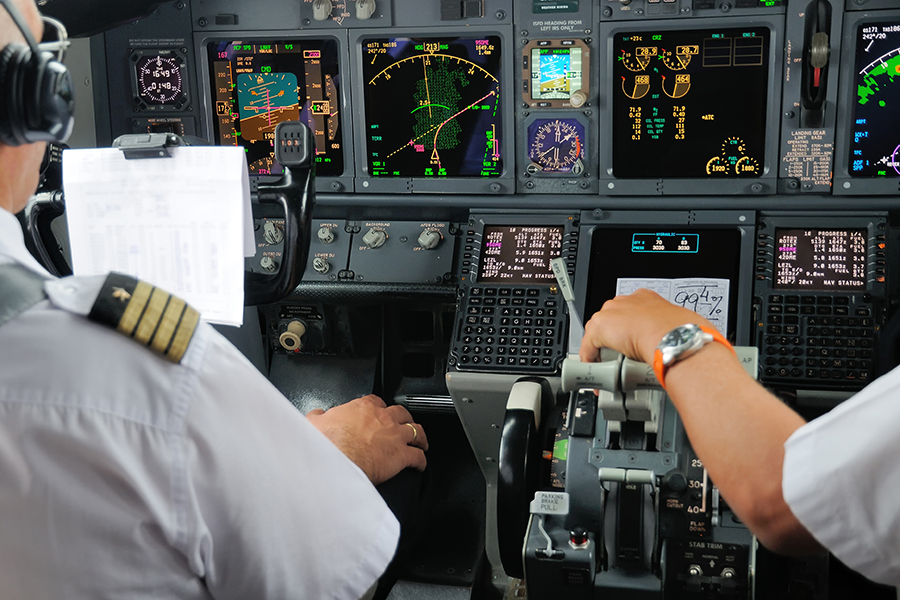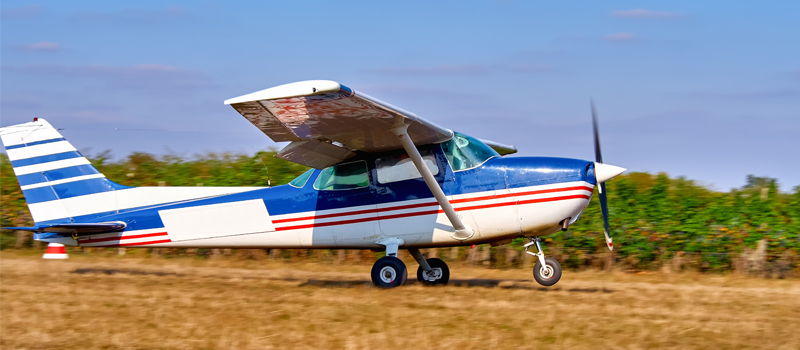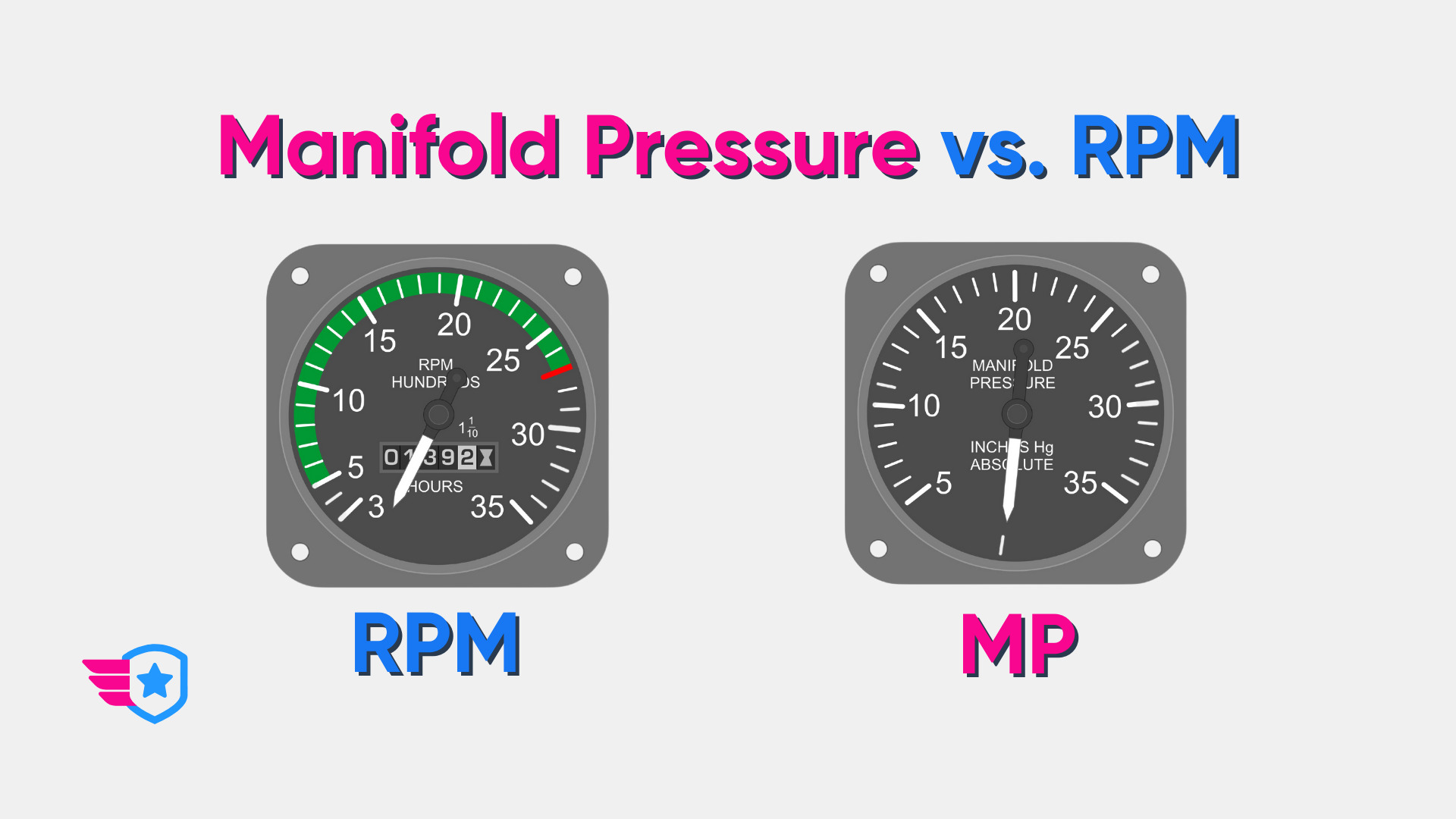-
Why Do Pilots Use "Zulu Time"?
-
What is the Meaning of Zulu Time? Zulu Time Explained
-
How To Calculate Zulu Time
-
Why is it Called "Zulu Time"?
-
Are There Other Names for Zulu Time?
- UTC
- GMT
-
Where Might I See Zulu Time Used in Aviation?
- Navigation
- Weather Reporting
- Flight Arrivals and Connections
- Incident Reporting
- Logbooks
- Avoid Confusion with Daylight Savings Time
-
Final Thoughts…
You may have noticed that, when flying, most times are annotated with the letter “Z”. Or, to put it another way, “Zulu time”. What is Zulu time? Don’t worry if you are confused; it is actually pretty simple. Today we will explain what Zulu time is, why it exists and how you can easily calculate it yourself. Read on to find out more.
Zulu time is another name for Coordinated Universal Time (UTC), which is the time at 0° longitude at the Greenwich Meridian. It is used worldwide to avoid confusion arising from local time differences. By creating a ‘standard’ time, aviators all have a reference point to work from.
Working out and switching between Zulu time and local time is actually pretty easy once you understand what Zulu time actually is.
Here’s everything you need to know about Zulu Time in Aviation…
Why Do Pilots Use “Zulu Time”?
Pilots use Zulu time to avoid confusion arising from differences in the local time. To avoid this confusion, everyone in aviation agrees to use a single ‘standard’ time as a reference point.
This is what “Zulu time” is in the simplest possible terms.
Airplanes fly cross country and can span huge distances in a relatively short time. As a result, it is easily possible to take off in the local ‘afternoon’ and quickly find yourself at a completely different ‘time’ of the day.
And the thing is…
That can get really confusing.
If you’ve ever had ‘jetlag’, this comes from your body being in one time zone. In contrast, the local time is actually quite different.
Jetlag aside, working to a universal ‘standard’ time makes life simpler.
How?
Well, consider the following scenario…
Imagine you are getting on a long-distance flight to meet a friend. Your flight will take exactly 10 hours and will depart at 13:00 your time.
13:00 plus 10 hours means that you will arrive at 23:00…
So far, so good?
Well, yes and no.
Let’s say you want to arrange for your friend to pick you up when you arrive at the airport, and you tell them you will arrive at 23:00. But there’s a catch…
Your friend’s local time is 6 hours ahead of yours. You are referencing your arrival time based on your local time at the point of departure. Your friend, however, is referencing the time based on where they live.
Can you see how it can get confusing?
Being six hours ahead, your local arrival time at your destination would actually be 05:00 the next day.
The bottom line?
You will be waiting a long while for your ride once you arrive.
So how do we avoid this?
Suppose you both agreed that the time was neither your local nor theirs, and both agreed to reference a ‘universal clock’ that was in neither of your time zones. In that case, you could both be sure that you were talking about the same time.
In essence, this is why pilots use Zulu time. A common point of reference exists, independent of the ‘local’ time.
But what is Zulu time, and how does it work?
Here’s what you need to know about Zulu time.
What is the Meaning of Zulu Time? Zulu Time Explained
Zulu time, also referred to as “UTC”, is a standard reference used worldwide, regardless of the local time. However, to understand it, we need to delve into just a tiny bit of geography on a large scale.
Depending on where you are located in the world, Zulu time may be quite far apart from the local time.
Here’s how it works.
The globe is divided into 24 different time zones. There are also 24 hours in each day.
Convenient, right?
The earth spins counterclockwise when viewed from above the north pole, and as a result, the sun changes its position in the sky based on this movement. Those to the east will see the sunrise sooner than those in the west.
Why are we telling you this?
Because it’s actually important regarding Zulu time.
You can make a couple of general rules based on the above information.
Remember we said that the Greenwich Meridian in London is our reference line when talking about Zulu time.
So…
- The local time East of the Greenwich Meridian will be ahead of Zulu time.
- The local time West of the Greenwich Meridian will be behind Zulu time.
Want to see what this means in real terms?
Here’s a quick table showing a practical difference between three different areas.
| Location | Zulu Time (UTC) | Local Time | Local Time Difference From UTC |
| Greenwich London | 12:00 | 12:00 | 0 |
| Kazakhstan (East of Greenwich) | 12:00 | 18:00 | +6 hours |
| Dallas, USA (West of Greenwich) | 12:00 | 06:00 | -6 Hours |
Notice anything about the above? Two things should really stand out…
- Zulu time stays the same regardless of your location
- If you are east of the Greenwich meridian, your local time is later than Zulu time. If you are west of the Greenwich meridian, your local time is earlier than Zulu time.
Point #1 is particularly important.
Let’s say you are sitting in Dallas, Texas, and want to discuss the time with someone in Kazakhstan. Provided you agree to use Zulu time, there will be no confusion, as you are both talking about the same time, regardless of the local time in your respective locations!
Want to know how to work out what the time is Zulu in your location?
Here’s how to do it…
How To Calculate Zulu Time
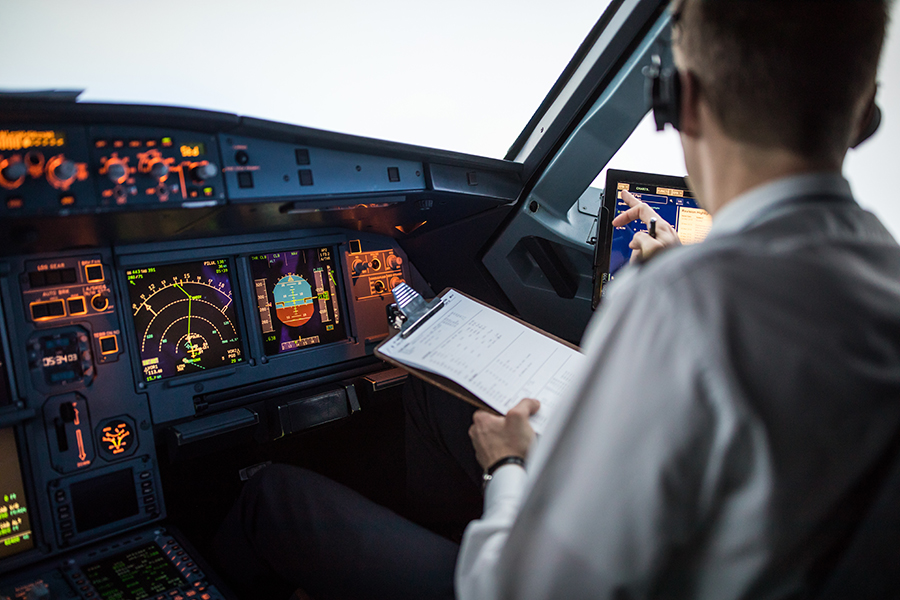
To calculate Zulu time, you will need two key pieces of information: –
- An accurate local time
- Your local time zone offset
Both of the above are easy to acquire. The first needs nothing more than a good watch or clock set to the local time.
And the second?
The Federal Aviation Administration has an excellent resource where you can see the local time zone offset.
Here’s a step-by-step guide with a practical example of how to calculate Zulu time:
- Check the local time on your watch
- Using the above tool, search for your chosen airport.
- Locate the section (normally in the first line) that says UTC ***. The letters “UTC” will be followed by a plus or minus symbol and a number.
- Add or subtract the number given in the opposite sense to or from the local time. So if the number has a ‘+’ before it, you need to subtract this from the local time to work out Zulu time. Conversely, if the number has a ‘-‘ symbol before it, you will need to add this number to the local time to work out Zulu time.
Want to see how it works in real life?
Here’s a practical example, following the above steps.
Let’s say we are sitting in our flight school in Phoenix, Arizona, at 13:00 local time and want to work out Zulu time. It goes something like this…
- It is 13:00 local time, so an hour afternoon.
- We search for Airports in Phoenix using the above-linked tool.
- In the top line of each airport, we note that the correction given is UTC -7. This means that airports in Phoenix are 7 hours behind Zulu time. Therefore, to work out Zulu time, we add 7 hours to our local time.
- 13:00, plus 7 hours is 20:00. So, Zulu time is 20:00.
And here’s the good bit…
Once you know Zulu time in one location, you know Zulu time in every location worldwide. If you want to set a watch to Zulu time, you can be sure that aviators will all be referencing this same time regardless of where you are on the globe! You could tell someone on the opposite side of the world what time you expect to arrive in Zulu time, and you’ll both be talking about the same time!
Why is it Called “Zulu Time”?
If you think the name ‘Zulu’ time sounds slightly odd, you aren’t alone, but there is a good reason.
If you take a look at the table above again, you’ll note that at the Greenwich Meridian, the time difference between Zulu and local time is zero. If you look at a globe or map, you’ll also see that Greenwich sits at 0° degrees longitude (or, to put it another way, zero).
Notice anything about the above?
Zero.
What letter does ‘zero’ start with?
“Z”! Easy, right?
You’ll find that Zulu time is normally given as a time with the letter “Z” following it. This means that the time is referenced to that of the Zero meridian of longitude.
But why “Zulu”?
Because we don’t say letters in aviation, we use the phonetic alphabet.
“Zulu” is the phonetic name given to the letter “Z,”. Hence “Zulu” time.
Are There Other Names for Zulu Time?
While pilots often refer to “Zulu” time, you will often see a few different naming conventions.
The good news is that while the names are different, they all describe exactly the same thing. You’ll sometimes hear Zulu time, also referred to as: –
UTC
This stands for “Coordinated Universal Time”. It is exactly the same thing as “Zulu” time.
But wait, shouldn’t it be called “C-U-T” in that case? Well, technically, yes. However, the French insisted on calling ‘it temps Universel coordonne’. UTC was decided on as a compromise to keep both French and English speakers happy.
GMT
This stands for Greenwich Mean Time. Once again, it is exactly the same as “Zulu time”. You’ll find GMT and UTC used interchangeably. It is merely an abbreviation indicating the time at the zero longitudinal meridians… Or to make life simple Greenwich.
Where Might I See Zulu Time Used in Aviation?
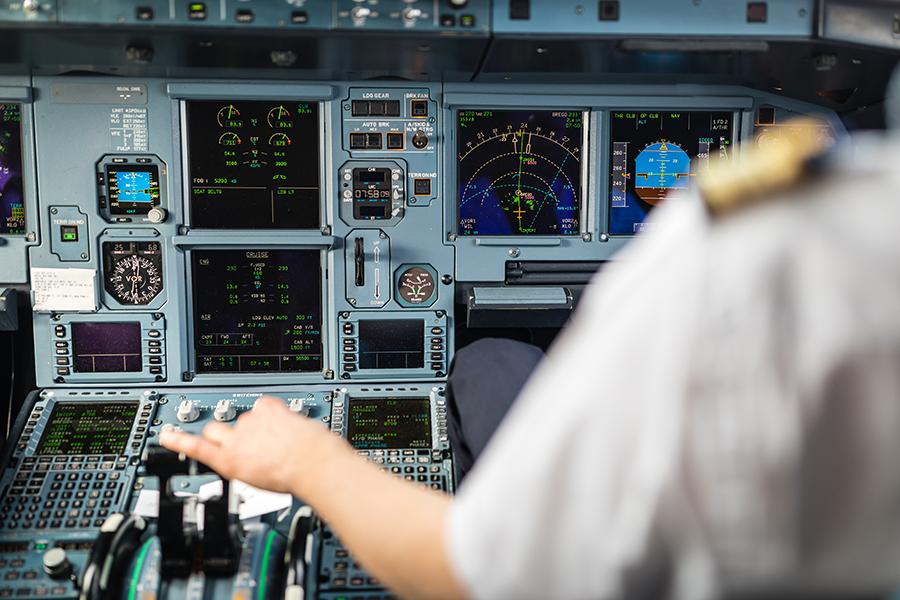
There are plenty of places where Zulu time can be used as a useful tool in aviation. Some are actually really important.
Practical examples of effective uses of Zulu time are as follows: –
Navigation
Pilots use Zulu time in navigation all the time.
If you are flying in a different time zone and want to tell air traffic control that you will be overhead a certain location at a certain point, you must be both using the same clock.
Zulu time allows pilots to accurately state when they are above a fix without confusion.
Weather Reporting
Let’s say you look at an airport forecast, and it states there will be bad weather at 14:00Z. By getting the time in Zulu, you can be 100% certain of whether you’ll be able to land or not.
Even if the difference between local time and UTC is only an hour, this might make a significant difference to flight safety.
Flight Arrivals and Connections
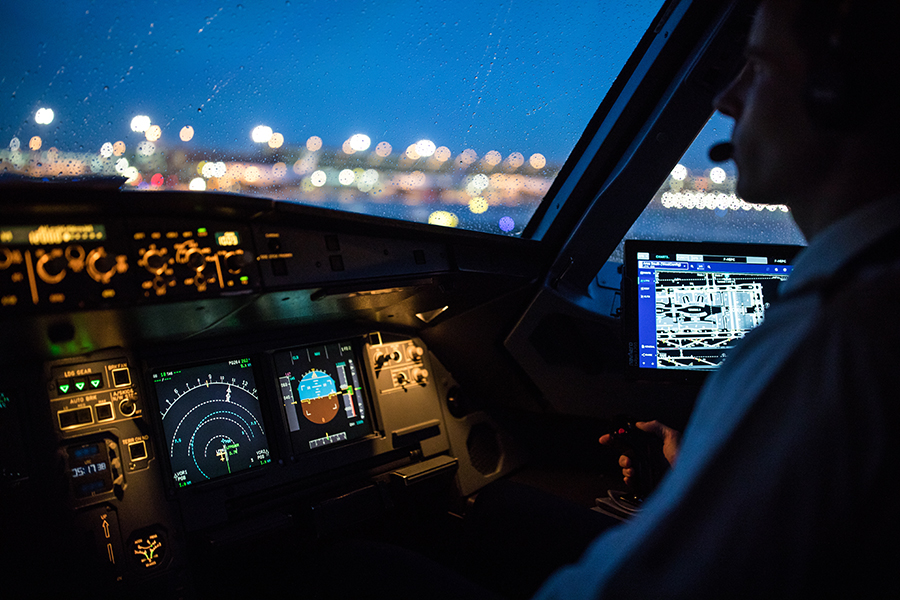
By its very nature, aviation is an international affair.
If everyone references their own time zones regarding arrivals and departures, it will all get very confusing.
Sticking to a ‘standard’ time makes flight planning much simpler.
Incident Reporting
Flight safety reports always require the time to be given in Zulu. Pilots may fly through several different time zones.
Suppose they need to note something significant or an in-flight occurrence. In that case, it is best to do this in Zulu time to avoid any confusion.
Logbooks
When you are undertaking flight training, one major thing you’ll want to keep track of is how many hours you have flown.
You definitely won’t want to miss out on flying hours due to making an error due to confusion with local time.
By keeping a close eye on Zulu time, instead of the local time, you can be sure that you make every flying hour count!
And…You’ll be able to avoid crossing out in your logbook too!
Avoid Confusion with Daylight Savings Time
We’ve all been there.
When the clocks change during the start of spring and again in fall, it can be really difficult to know what the time actually is.
Zulu time is not corrected for daylight savings. This means that you can be sure of the time in Zulu regardless of the time of year.
Final Thoughts…
Zulu time is a universal time used to prevent confusion caused by everyone referencing local time. By creating a worldwide ‘standard’ time, aviators can all be sure they are talking at the same time. Zulu time is easy to work out. Simply apply a correction to the local time, and you are good to go.
When flying, you want each hour to count. Why not save yourself some time and check out our online flying courses?
